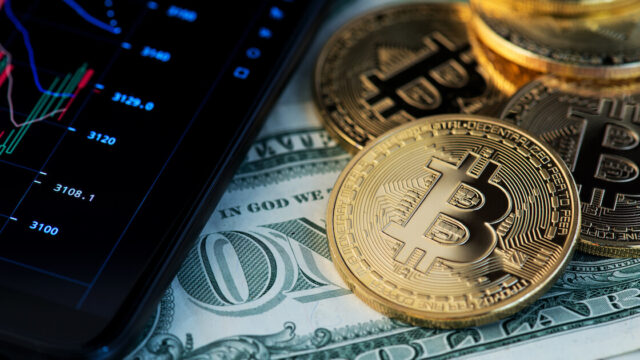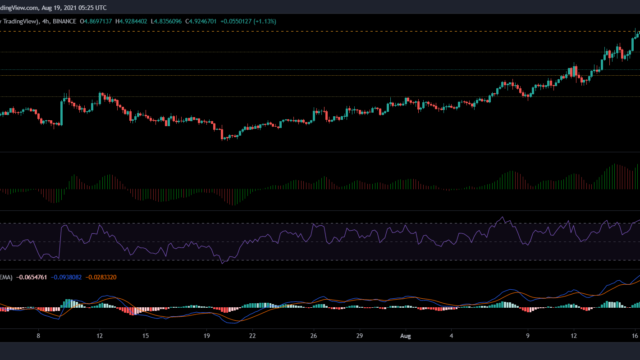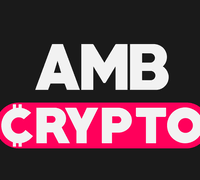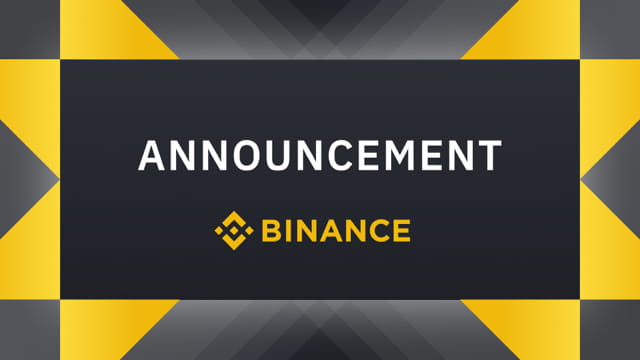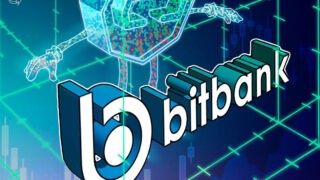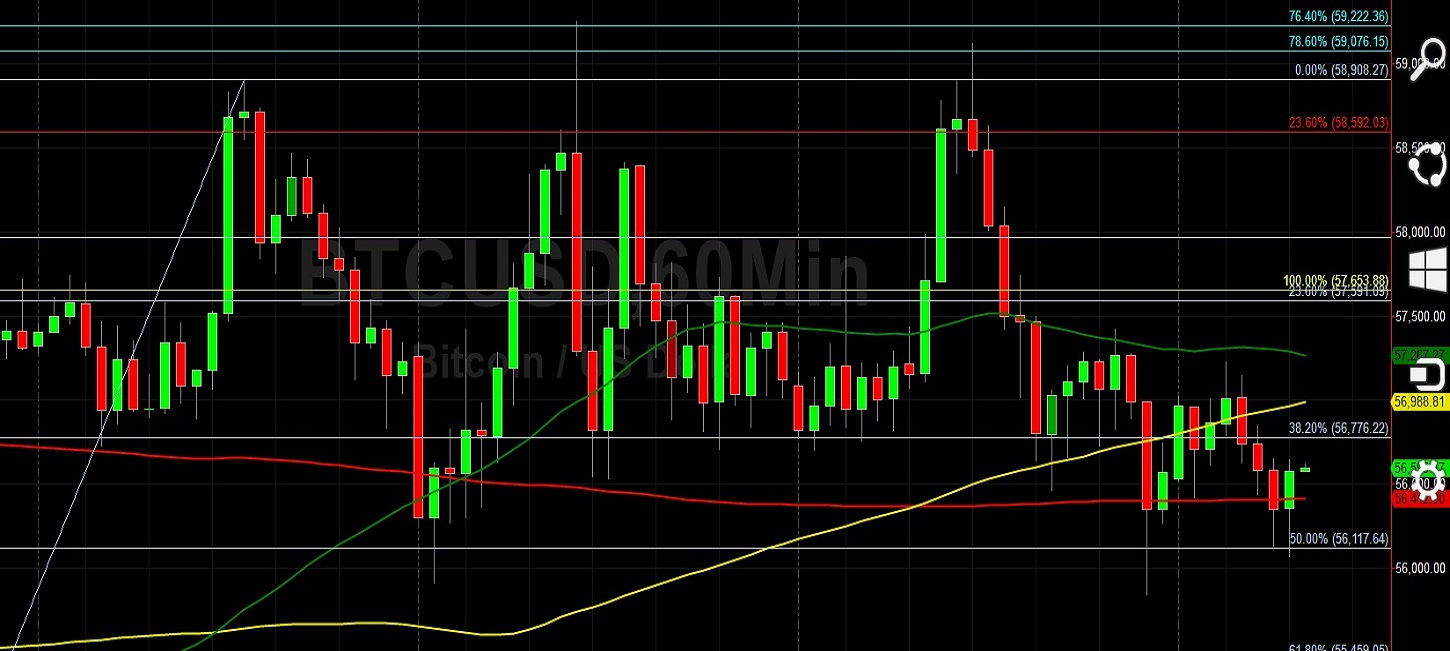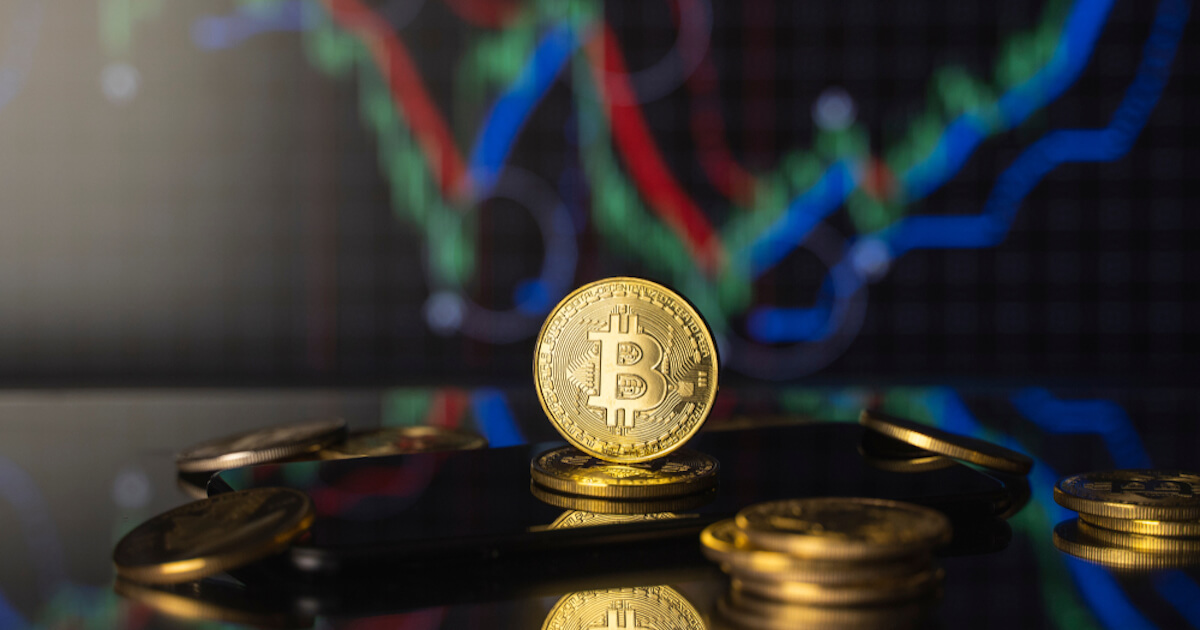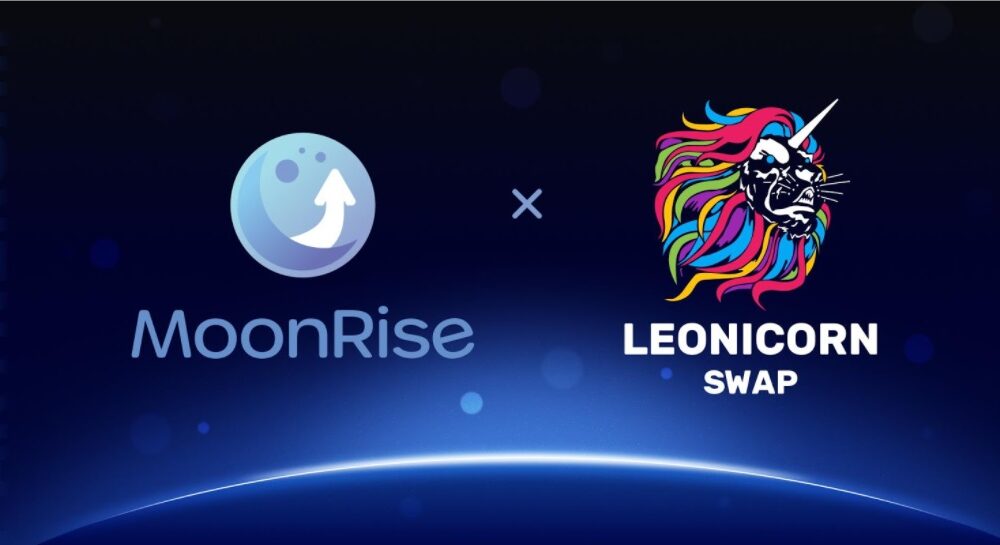Key Takeaways:
-
Margin trading offers access to exotic trading pairs such as ADA/ETH or BTC/ETH. Such exotic pairs allow traders to speculate the relative performance of two cryptocurrencies in contrast to speculating on the direction of one (eg. BTC/USDT).
-
Margin trading will incur daily expenses which add up over time. Meanwhile, quarterly futures contracts incur no fees and are ideal for long-term holders.
-
Prices of margin pairs are similar to spot prices, while futures prices consist of the futures’ basis, which may fluctuate according to changes in supply and demand. This opens up opportunities for arbitrage.
As crypto markets continue to fluctuate and folks online continue to speculate over where Ethereum or Bitcoin will trend towards in the following days, perhaps the possibility of attempting trades beyond spot trades has crossed your mind. Maybe you feel as though you understand how to read the market well and have good intuition about price volatility. Luckily, there are two ways to capitalize on such a situation.

Available to all traders on crypto exchanges, like Binance, are the options to trade using margin and/or futures contracts. Both instruments allow a trader to potentially multiply their gains in bull or bear markets. But with great rewards lies great risk, and both can easily become costly. So, if both trading techniques do similar things, what are the differences between them?
Definition of Margin Trading
Margin trading is a form of trading that is based entirely on the performance speculation of an asset. This form of trading is similar to spot trading, in that margin trading directly involves trading an asset such as Bitcoin. The difference is that margin trades hinge on the use of borrowed funds to further capitalize on the future price movements of an underlying asset.
Margin accounts first separate from spot accounts by allowing users to borrow funds. Using these borrowed funds, users can gain significant exposure to a cryptocurrency, this is also known as using leverage. The funds that were borrowed, in turn, earn interest for the lenders at a rate based on market demand.
Opening a margin trade first demands the investor to provide some amount of collateral. The collateral is known as the margin. Then the trader can select the leverage they wish to trade at. For example, traders can open a margin position for $10,000 if the leverage ratio is 10:1, and in this case, the trader needs to invest only $1,000 as collateral.
Another key aspect of margin trading is the ability to trade in perpetuity. This means that a margin position can remain open as long as a trader wishes, provided they have enough funds to keep their positions afloat. However, when a margin trade goes unfavorably, they are required to answer what’s called a ‘Margin Call’, in which they must further invest margin or collateral into the position. Otherwise, the trade will be liquidated.
Margin can be used to hedge against price and portfolio capitulations. In the case of protecting a portfolio via hedging with margin, traders can open a long or short position. If the price is expected to climb, traders will trade to go long. And if they believe the price will fall, they’ll trade to sell short.
Definition of Futures Trading
Futures trading is similar to margin but different in a few key aspects. Firstly, when making a futures trade, traders buy or sell contracts representing the value of a specific cryptocurrency. This means that, unlike with margin trades, the trader does not own the underlying cryptocurrency. Instead, traders exchange a contract that sets an agreement to either buy or sell at a future date, hence the name.
Crypto futures contracts are often used to hedge against volatility and adverse price movements on an underlying asset. Like margin trading, futures contracts allow investors to gain significant capital exposure to protect a portfolio. By hedging, traders need not compromise their cryptocurrency holdings or liquidate them at an unfavorable price.
Because futures contracts don’t trade directly with an asset, price volatility opens the door for profit, even when a market crashes. Thus, futures traders can capitalize on market volatility at their discretion despite what may happen in price action.
An important part of futures trades is that they are coupled with protective features to safeguard traders, lenders, and the exchange. For example, exchanges like Binance often operate risk management mechanisms such as insurance funds to protect the liquidity and funds on hand.
Margin Trading vs. Futures Trading – What’s the difference?
-
Trading Pairs – Margin trading offers access to exotic trading pairs. In traditional margin trading, an exotic trading pair involves two global currencies paired together (ex: AUD and CHF). Instead of buying or selling the currencies themselves, the trader is speculating on the relative performance of the two. The same goes for trading pairs with crypto, and in place of AUD/CHF, you’d find something like BTC/ETH. In this case, you are speculating the relative performance between Bitcoin and Ethereum. A thing to remember here is that the more volatile a currency is, the less liquidity the market for it generally holds. Meanwhile, futures contracts don’t offer exotic asset pairings like margin, and instead, the contracts are denominated in a single cryptocurrency or currency in general (BUSD, USDT, USD).
-
Daily Interest Payments – When trading with margin or a perpetual futures contract (available on Binance), trades will incur daily expenses. Funding fees and interest payments are taken into account on all trades, every day. Daily interest expenses can add up quickly, especially when a position is held over a long period. These fees and interest payments can be avoided altogether when trading a quarterly futures contract. Quarterly contracts on Binance incur no daily interest charges or fees, making them the ideal product for long-term holders.
-
Expiration – As alluded to earlier, margin trades are potentially more dependent on the careful attention of a trader, and this is because they can be traded in perpetuity, or continuously. There is no set date on which the trader agrees to close the trade. With futures contracts, and more specifically quarterly futures contracts, traders must adhere to the time frame allotted in the contract. Read our past blog post on what to expect on Futures expiration day.
-
Prices – When trading with margin, prices of cryptocurrencies pairs are similar to the spot market. In contrast, the futures price is based on its prevailing spot price plus the cost of carry during the interim before delivery, this is also known as the basis. The futures basis may fluctuate due to changes in supply and demand, causing futures prices to temporarily deviate from the spot price. This opens up opportunities for arbitrage between margin and futures contracts. For example, if the funding rate on a futures contract is negative, traders can capitalize on the price discrepancy by going short on margin and long on the perpetual futures contract.
Which Should You Use?
Evaluating how experienced of a trader you are, as well as how much funds you have at your disposal provides two important considerations when choosing between margin and futures trading.
Futures contracts on Binance are intuitively designed and easy to use, making them ideal for beginners. A key benefit of futures contracts, particularly the USDⓈ-margined contracts, is that you can easily calculate their returns in fiat. For example, when you make 500 USDT in profit, you can easily estimate that the profit is worth approximately $500 – since the value of 1 USDT is pegged closely to 1 USD. Additionally, futures traders need not worry about borrowing and repaying crypto loans to fund their positions. They can simply deposit the required collateral to open a futures position, making a user’s trading experience straightforward and simple.
Margin trading offers some key advantages as well. With margin trading, the trader has more freedom to choose when and where to implement their trading strategy. For instance, if a trader predicts that Ethereum will outperform Cardano in the long-term, he/she can express this trade idea by going short the ADA/ETH margin pair with leverage. Exotic pairs such as ADA/ETH are not available on futures contracts, this is where margin trading can be extremely useful. A clear benefit to trading with margin is that you are outright buying or selling the crypto asset of your choice.
Both modes of trading are exceptional choices that could lead to a great deal of success and should be handled as if they pose just as big of a risk. If you’re just starting to trade, take time to learn how a market works, and what it feels like to lose and win.
Binance supports both options (as well as spot trading) for several cryptocurrencies and offers incredibly competitive rates and fees. Set up an account with Binance today and get to trading!
Read the following support items for more information:
-
(Blog) Crypto Spot Trading vs. Margin Trading – What’s the difference?
-
And many more Binance Futures FAQ topics…
Key Takeaways:
-
Margin trading offers access to exotic trading pairs such as ADA/ETH or BTC/ETH. Such exotic pairs allow traders to speculate the relative performance of two cryptocurrencies in contrast to speculating on the direction of one (eg. BTC/USDT).
-
Margin trading will incur daily expenses which add up over time. Meanwhile, quarterly futures contracts incur no fees and are ideal for long-term holders.
-
Prices of margin pairs are similar to spot prices, while futures prices consist of the futures’ basis, which may fluctuate according to changes in supply and demand. This opens up opportunities for arbitrage.
As crypto markets continue to fluctuate and folks online continue to speculate over where Ethereum or Bitcoin will trend towards in the following days, perhaps the possibility of attempting trades beyond spot trades has crossed your mind. Maybe you feel as though you understand how to read the market well and have good intuition about price volatility. Luckily, there are two ways to capitalize on such a situation.

Available to all traders on crypto exchanges, like Binance, are the options to trade using margin and/or futures contracts. Both instruments allow a trader to potentially multiply their gains in bull or bear markets. But with great rewards lies great risk, and both can easily become costly. So, if both trading techniques do similar things, what are the differences between them?
Definition of Margin Trading
Margin trading is a form of trading that is based entirely on the performance speculation of an asset. This form of trading is similar to spot trading, in that margin trading directly involves trading an asset such as Bitcoin. The difference is that margin trades hinge on the use of borrowed funds to further capitalize on the future price movements of an underlying asset.
Margin accounts first separate from spot accounts by allowing users to borrow funds. Using these borrowed funds, users can gain significant exposure to a cryptocurrency, this is also known as using leverage. The funds that were borrowed, in turn, earn interest for the lenders at a rate based on market demand.
Opening a margin trade first demands the investor to provide some amount of collateral. The collateral is known as the margin. Then the trader can select the leverage they wish to trade at. For example, traders can open a margin position for $10,000 if the leverage ratio is 10:1, and in this case, the trader needs to invest only $1,000 as collateral.
Another key aspect of margin trading is the ability to trade in perpetuity. This means that a margin position can remain open as long as a trader wishes, provided they have enough funds to keep their positions afloat. However, when a margin trade goes unfavorably, they are required to answer what’s called a ‘Margin Call’, in which they must further invest margin or collateral into the position. Otherwise, the trade will be liquidated.
Margin can be used to hedge against price and portfolio capitulations. In the case of protecting a portfolio via hedging with margin, traders can open a long or short position. If the price is expected to climb, traders will trade to go long. And if they believe the price will fall, they’ll trade to sell short.
Definition of Futures Trading
Futures trading is similar to margin but different in a few key aspects. Firstly, when making a futures trade, traders buy or sell contracts representing the value of a specific cryptocurrency. This means that, unlike with margin trades, the trader does not own the underlying cryptocurrency. Instead, traders exchange a contract that sets an agreement to either buy or sell at a future date, hence the name.
Crypto futures contracts are often used to hedge against volatility and adverse price movements on an underlying asset. Like margin trading, futures contracts allow investors to gain significant capital exposure to protect a portfolio. By hedging, traders need not compromise their cryptocurrency holdings or liquidate them at an unfavorable price.
Because futures contracts don’t trade directly with an asset, price volatility opens the door for profit, even when a market crashes. Thus, futures traders can capitalize on market volatility at their discretion despite what may happen in price action.
An important part of futures trades is that they are coupled with protective features to safeguard traders, lenders, and the exchange. For example, exchanges like Binance often operate risk management mechanisms such as insurance funds to protect the liquidity and funds on hand.
Margin Trading vs. Futures Trading – What’s the difference?
-
Trading Pairs – Margin trading offers access to exotic trading pairs. In traditional margin trading, an exotic trading pair involves two global currencies paired together (ex: AUD and CHF). Instead of buying or selling the currencies themselves, the trader is speculating on the relative performance of the two. The same goes for trading pairs with crypto, and in place of AUD/CHF, you’d find something like BTC/ETH. In this case, you are speculating the relative performance between Bitcoin and Ethereum. A thing to remember here is that the more volatile a currency is, the less liquidity the market for it generally holds. Meanwhile, futures contracts don’t offer exotic asset pairings like margin, and instead, the contracts are denominated in a single cryptocurrency or currency in general (BUSD, USDT, USD).
-
Daily Interest Payments – When trading with margin or a perpetual futures contract (available on Binance), trades will incur daily expenses. Funding fees and interest payments are taken into account on all trades, every day. Daily interest expenses can add up quickly, especially when a position is held over a long period. These fees and interest payments can be avoided altogether when trading a quarterly futures contract. Quarterly contracts on Binance incur no daily interest charges or fees, making them the ideal product for long-term holders.
-
Expiration – As alluded to earlier, margin trades are potentially more dependent on the careful attention of a trader, and this is because they can be traded in perpetuity, or continuously. There is no set date on which the trader agrees to close the trade. With futures contracts, and more specifically quarterly futures contracts, traders must adhere to the time frame allotted in the contract. Read our past blog post on what to expect on Futures expiration day.
-
Prices – When trading with margin, prices of cryptocurrencies pairs are similar to the spot market. In contrast, the futures price is based on its prevailing spot price plus the cost of carry during the interim before delivery, this is also known as the basis. The futures basis may fluctuate due to changes in supply and demand, causing futures prices to temporarily deviate from the spot price. This opens up opportunities for arbitrage between margin and futures contracts. For example, if the funding rate on a futures contract is negative, traders can capitalize on the price discrepancy by going short on margin and long on the perpetual futures contract.
Which Should You Use?
Evaluating how experienced of a trader you are, as well as how much funds you have at your disposal provides two important considerations when choosing between margin and futures trading.
Futures contracts on Binance are intuitively designed and easy to use, making them ideal for beginners. A key benefit of futures contracts, particularly the USDⓈ-margined contracts, is that you can easily calculate their returns in fiat. For example, when you make 500 USDT in profit, you can easily estimate that the profit is worth approximately $500 – since the value of 1 USDT is pegged closely to 1 USD. Additionally, futures traders need not worry about borrowing and repaying crypto loans to fund their positions. They can simply deposit the required collateral to open a futures position, making a user’s trading experience straightforward and simple.
Margin trading offers some key advantages as well. With margin trading, the trader has more freedom to choose when and where to implement their trading strategy. For instance, if a trader predicts that Ethereum will outperform Cardano in the long-term, he/she can express this trade idea by going short the ADA/ETH margin pair with leverage. Exotic pairs such as ADA/ETH are not available on futures contracts, this is where margin trading can be extremely useful. A clear benefit to trading with margin is that you are outright buying or selling the crypto asset of your choice.
Both modes of trading are exceptional choices that could lead to a great deal of success and should be handled as if they pose just as big of a risk. If you’re just starting to trade, take time to learn how a market works, and what it feels like to lose and win.
Binance supports both options (as well as spot trading) for several cryptocurrencies and offers incredibly competitive rates and fees. Set up an account with Binance today and get to trading!
Read the following support items for more information:
-
(Blog) Crypto Spot Trading vs. Margin Trading – What’s the difference?
-
And many more Binance Futures FAQ topics…
.
元ソース 詳細はこちら
What You Should Know About Crypto Margin Trading vs. Futures Trading
バイナンス公式
バイナンス登録
